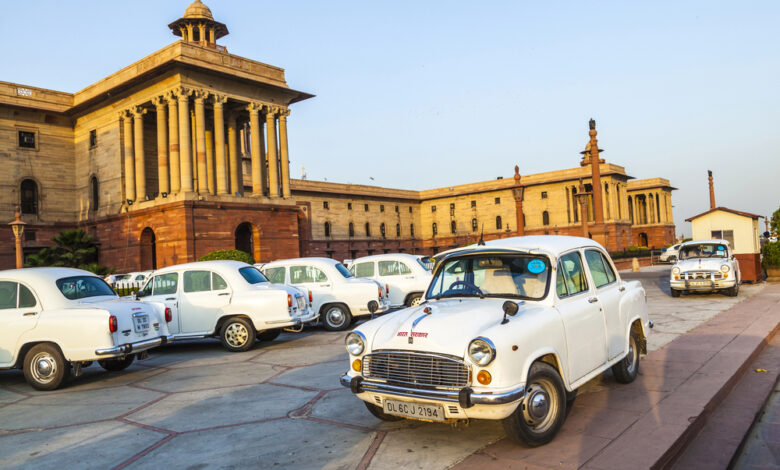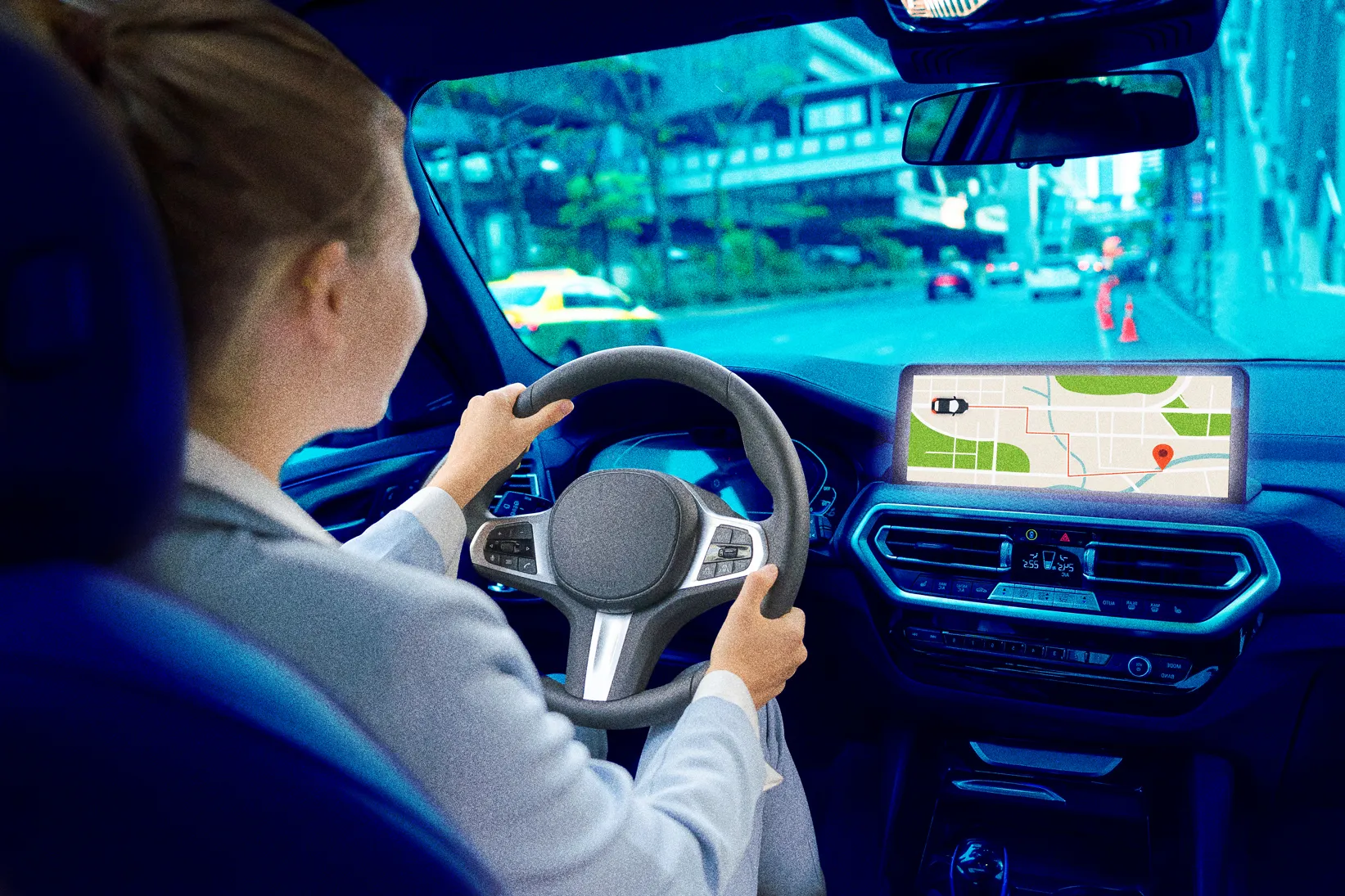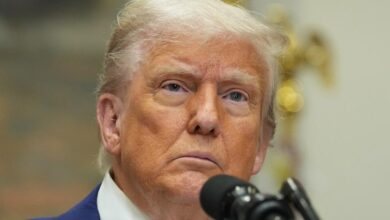How Tariffs Built the World’s Worst Car that Only the Rich Could Have

The White House’s tariff policy, aimed at bringing back manufacturing jobs to the United States, may have unintended long-term consequences. While the short-term impacts on profitability are clear, the long-term effects on innovation and economic growth are less visible.
The United States has historically been a hub for new ideas and innovation, with a culture that fosters entrepreneurship and risk-taking. This environment has allowed for the evolution of industries and the adoption of new technologies, ultimately leading to increased productivity and efficiency.
Former Federal Reserve Chairman Alan Greenspan once posed the question of whether there is a “new economy,” highlighting the concept of creative destruction and the constant evolution of industries. The shift towards services and away from manufacturing is a result of this process, driven by the pursuit of making life easier and better for consumers.
In contrast, protectionist policies like the one implemented by the White House can stifle innovation and hinder progress. By artificially propping up industries with tariffs and trade restrictions, the government interferes with the natural forces of competition that drive improvement and efficiency.
A case study of India’s Hindustan Ambassador illustrates the pitfalls of protectionism. Built with the intention of creating domestic manufacturing jobs, the Ambassador fell behind its foreign-built counterparts due to restrictive government policies and trade protections.
After decades of regulation and trade barriers, the Ambassador became known for its poor quality, outdated features, and lack of innovation. The car’s slow acceleration, uncomfortable ride, and constant breakdowns made it a symbol of India’s failed attempt to protect its domestic industry.
Ultimately, as India opened up its market to foreign competition, the Ambassador’s sales dwindled, leading to the discontinuation of production in 2014. The legacy of protectionism had left the company in debt and struggling to compete in a global market.
The lesson from the Hindustan Ambassador’s story is clear: protectionist policies may provide short-term benefits for domestic industries, but in the long run, they can hinder innovation, limit consumer choice, and impede economic growth. As the White House continues to pursue its tariff policy, it is important to consider the broader implications for the future of American industry and innovation. After 56 years, the iconic Hindustan Ambassador has ceased production, marking the end of an era for this classic car that was never modernized. The Ambassador, often referred to as the “King of Indian Roads,” has been a symbol of India’s automotive industry for over five decades. Its boxy design, sturdy build, and spacious interior have made it a favorite among taxi drivers, government officials, and car enthusiasts alike.
However, the Ambassador’s demise serves as a cautionary tale about the dangers of protectionist tariff policies. By shielding domestic car manufacturers from foreign competition, the Indian government inadvertently stifled innovation and hindered the industry’s ability to adapt to changing consumer preferences. As a result, the Ambassador remained virtually unchanged throughout its production run, failing to keep up with advancements in technology, safety, and design.
The Ambassador’s fate also highlights the pitfalls of government intervention in the free market. When companies are insulated from competition, they have little incentive to improve their products or cater to customer demands. The Ambassador’s outdated features and lackluster performance ultimately led to its downfall, as consumers turned to more modern and efficient vehicles from global automakers.
Despite its shortcomings, the Ambassador holds a special place in the hearts of many Indians who grew up seeing it on the streets. Its retro charm, distinctive silhouette, and nostalgic appeal have made it a cultural icon that will be sorely missed. As production comes to an end, the Ambassador leaves behind a legacy of resilience, endurance, and a bygone era of Indian motoring.
In the end, the Ambassador’s story serves as a reminder that progress and innovation are essential for the survival of any industry. By embracing competition, fostering creativity, and responding to consumer needs, car manufacturers can ensure their longevity and relevance in an ever-evolving market. The Ambassador may have faded into history, but its legacy will live on in the memories of those who rode in this classic car on the roads of India.





